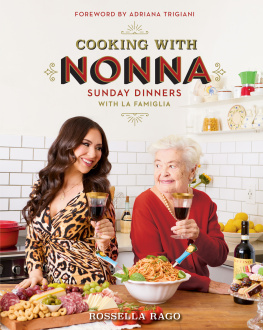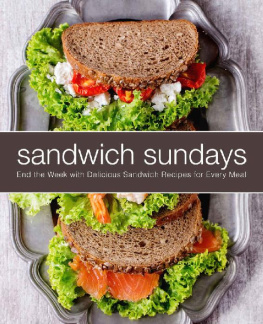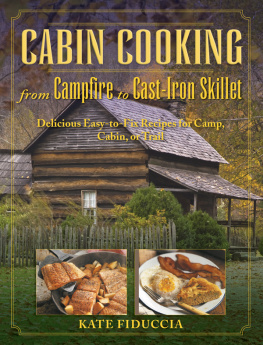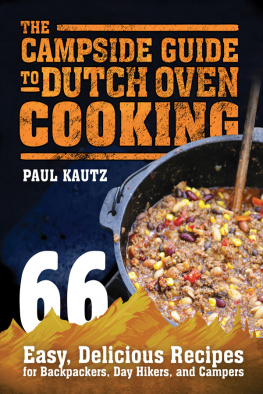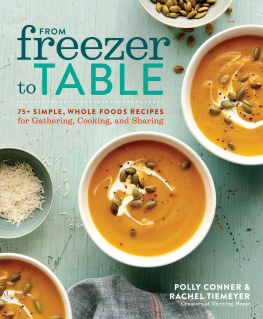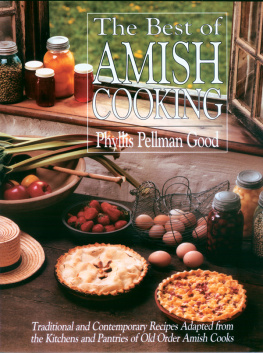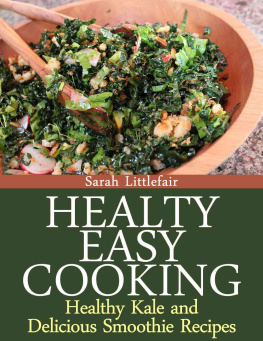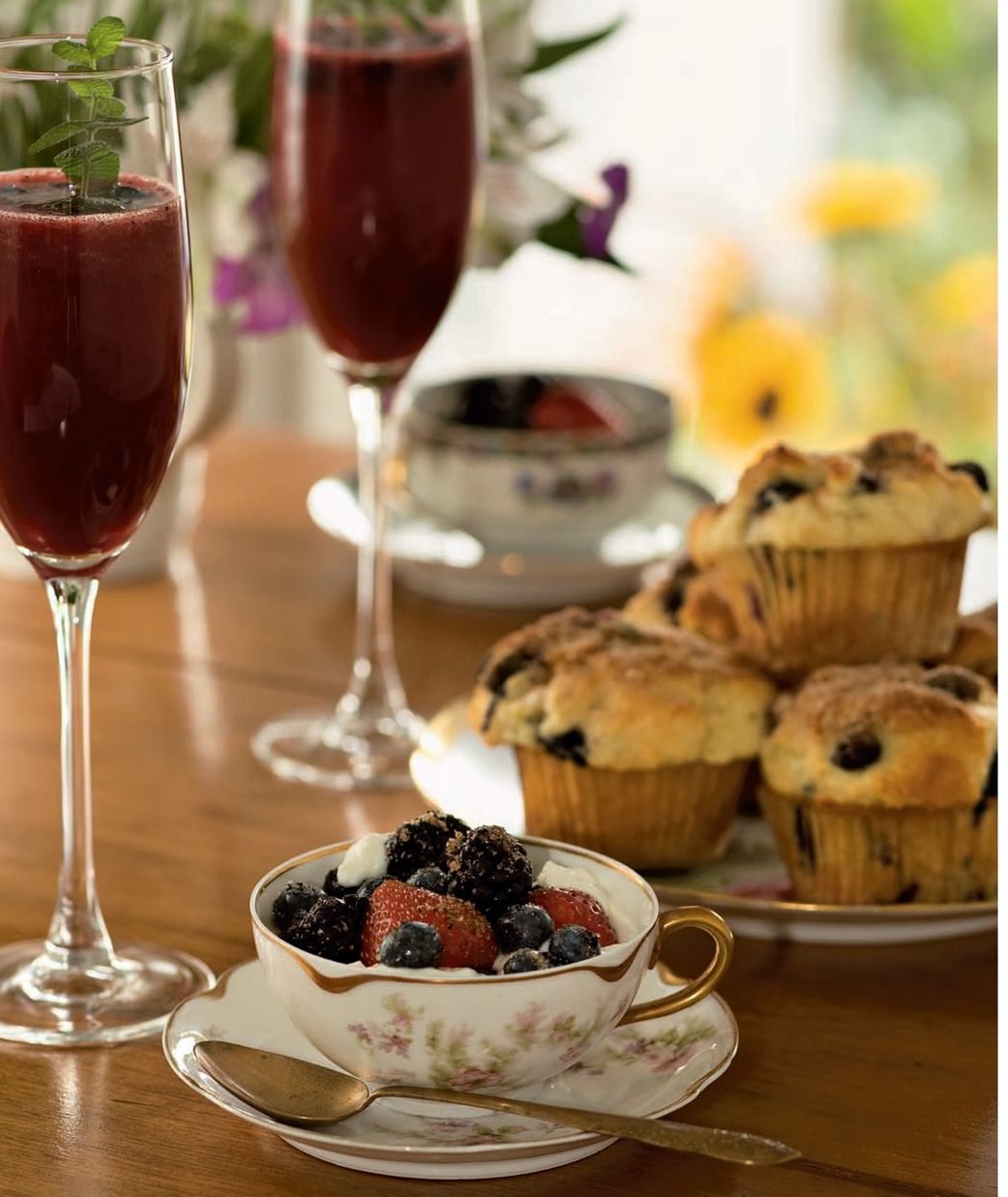Acknowledgments
First and foremost, we would like to thank the members of our cooking club: Maria Everly, Carolyn Soriano, Lisa Frazzetta, Cindy LaCasse, and Nicole Baker. Words alone will never be enough to thank you for the incredible experience of being part of this cooking club and what it has brought to each of us. You have shared your lives, and opened your hearts. We have laughedas well as criedtogether for all these years. We consider ourselves beyond fortunate to call each of you such dear friends and we dedicate this book to you.
We want to thank our dear friends Bonnie Bussard and Dolly Sood for sharing your beloved and treasured family recipes with us. And a huge thank you to Dave and Kate Kaufman, and Jeff and Kim Ball for giving us honest and critical feedback on recipes when we requested it.
A special thank you to Biba Caggiano for her advice and guidance.
To our parents Sherry and Dennis, Ghazi and Sylvia, who taught us that cooking and entertaining is the ultimate expression of love.
And most of all, to our husbands and children, Corey, Roland, Andrew, Collin, and Riley. You always believe in us, support us, and encourage us in everything we do. And for that, we are most grateful. We love you.
Breakfast is Better with Friends:
A Little Laughter and Some Egg-citing Conversation
Breakfast with Friends: Few Things Are Better
Cross Your Fingers and Hope for Good Weather
Come Enjoy Good Food and Conversation on a
Leisurely Sunday Morning
Menu
Berry Good Morning Breakfast Spritzer
Sweet Berries and Minted Sugar with Homemade Yogurt
Blueberry-Lemon Muffins with Cinnamon-Sugar Topping
Buttery Orange Scones
Zesty Lemon Curd
Blackberry-Cinnamon Butter
Heavenly Salmon Hash Benedict
Mushroom and Zucchini Puff-Pastry Quiche
Berry Good Morning Breakfast Spritzer
This drink reminds us of fellow cooking club member Maria. Both are bubbly, with just the right amount of sweetness! This is a great drink to serve a crowd because you can make the berry puree ahead and keep it in the refrigerator, then mix the spritzers right before serviing. Feel free to substitute an Italian Prosecco, Spanish Cava, or a good domestic sparkler for the Champagne.
Makes 10 spritzers
1 cup frozen unsweetened blueberries
1 cup frozen unsweetened strawberries
4 cups orange juice
cup granulated sugar
1 bottle (750 ml) chilled Champagne or other sparkling wine
Fresh mint sprigs for garnish, if desired
Set aside 10 of the best-looking blueberries for the garnish. In a food processor or blender, pure the blueberries and strawberries with 2 tablespoons of the orange juice and the sugar until smooth. Strain the mixture through a fine sieve into a small bowl, discarding the seeds.
Briefly stir the remaining orange juice and Champagne together in a large pitcher. To serve, pour some of the berry pure evenly into 10 champagne flutes and fill with the champagne and orange juice mixture. Garnish each flute with a reserved blueberry and a mint sprig if desired.
Sweet Berries and Minted Sugar with Homemade Yogurt
We can remember our moms making homemade yogurt when we were children. Weve learned that it is such a simple process and tastes so fresh that its really the way to go for cooking club. But feel free to substitute your favorite brand of good quality store-bought yogurt. Fresh fruit paired with homemade yogurt is not only good for you, but it also tastes out of this world. The minted sugar is delicious mixed with fruit or used to flavor a cup of hot cocoa. Or try it for decorating the rim of a mojito cocktail glass.
Makes 8 servings
cup fresh mint leaves, loosely packed
3 tablespoons sugar
1 cup fresh blackberries
2 cups fresh strawberries, hulls removed, and cut in half
1 cup fresh blueberries
Zest of 1 small lime (about 1 teaspoon)
2 cups Homemade Yogurt (recipe follows) or good-quality
plain store-bought yogurt
Pulse the mint and sugar together in a food processor until well incorporated. Store the sugar in the refrigerator until just before serving.
Put the blackberries, strawberries, and blueberries in a large bowl, and sprinkle the minted sugar and lime zest over them. Stir gently to combine. Spoon cup of yogurt into each serving dish. Serve the berries alongside or on top of each serving of yogurt.
Homemade Yogurt
Makes eight -cup servings
4 cups whole milk
1/3 cup powdered milk (optional)
2 tablespoons plain, unsweetened, natural yogurt with active yogurt cultures
Over medium-high heat, in a medium-size heavy-bottomed saucepan, warm the milk with the powdered milk, if using, and whisk until well combined. Clip a candy thermometer to the side of the saucepan and make sure that the tip is resting in the milk but is not in contact with the bottom of the pan. Stirring constantly, bring the milk to 180F, then remove from the heat and allow it to cool to 115F. Once the milk reaches 115F, add the yogurt and mix well to combine.
Transfer the mixture to a clean bowl and cover tightly with plastic wrap. Wrap the bowl well with a heavy towel or a blanket. Set the bowl aside in a cool oven with the door closed for 6 to 8 hours, or longer, according to your taste. The yogurt will get tangier the longer it sits.
Store the yogurt in a sealed container in the refrigerator, and allow it to cool completely before serving. It will thicken somewhat as it chills. Put a few tablespoons of yogurt in a covered container to use as the starter for your next batch. The starter can be kept in the refrigerator for up to two weeks.
HOW TO MAKE YOGURT
There are a few pointers for making homemade yogurt, but the process is a lot easier than you may think. Yogurt is basically scalded milk that is allowed to ferment with an added yogurt starter containing live yogurt cultures. Any kind of good-quality plain, unsweetened, natural yogurt will make a fine starter for this recipe, as long as it contains active yogurt cultures. Look for a brand that contains only milk (and possibly cream), and the live, active yogurt cultures. Avoid any that contain sweeteners, flavorings, cornstarch, gums, carrageenan, or other thickeners.
Scalding the milk kills the bad bacteria that cause milk to turn sour, and the yogurt starter introduces the good bacteria (the live cultures) that culture the milk and turn it into yogurt. All you really need to make yogurt is a candy thermometer to make sure that the milk reaches the correct temperature, and a warm place to keep the milk where it can ferment.
This particular recipe uses cows milk, but if you can get your hands on some goats or sheeps milk, lucky you! Any kind will work, whether it is full fat, 2 percent or 1 percent fat, but do make sure that the milk contains lactose. Lactose-free milk does not contain the sugar necessary for the yogurt to ferment properly. The longer it ferments, the more tangy it will become, and the more active yogurt cultures it will produce.
You can make the yogurt with or without adding powdered milk, but using it will make your yogurt thicker and you can use non-fat or full fat varieties. For extra-thick Greek-style yogurt, you can simply strain the finished yogurt through a fine sieve or paper coffee filter, over a bowl to catch the drips, in the refrigerator for several hours or overnight.


